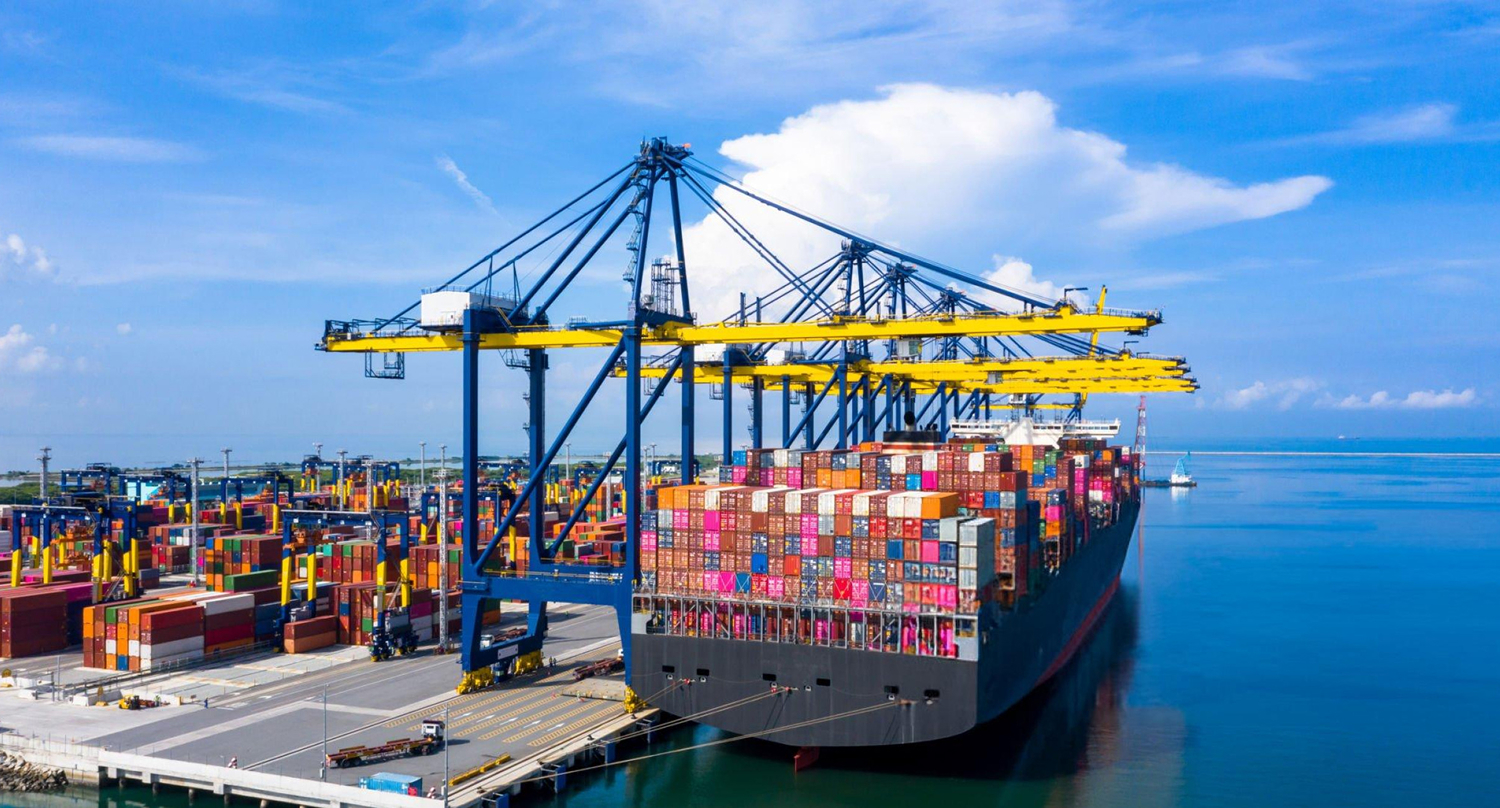
A Complete Guide to International Sea Freight Shipping
International sea freight shipping plays a vital role in global trade, serving as one of the most cost-effective and efficient methods of transporting goods across borders. Whether you’re a small business expanding to international markets or a large corporation managing global supply chains, understanding how sea freight works is crucial to optimizing your logistics strategy.
What is Sea Freight?
Sea freight, also known as ocean freight, involves the transportation of goods via cargo ships across international waters. It’s commonly used for moving large volumes of goods over long distances. Sea freight is ideal for items that are not time-sensitive, such as raw materials, machinery, bulk goods, and retail merchandise.
Types of Sea Freight Services
There are two main types of sea freight shipments:
- FCL (Full Container Load): The entire container is used by a single shipper. This is cost-effective for large shipments and offers greater security and control over the cargo.
- LCL (Less than Container Load): Multiple shipments from different shippers share space in a single container. This is suitable for smaller shipments and is more economical if you don’t have enough cargo to fill a full container.
Additionally, sea freight services can include temperature-controlled containers (reefers), hazardous material transport, and breakbulk cargo for oversized items.
Key Steps in the Sea Freight Process
- Booking & Documentation: The process begins with selecting a freight forwarder or carrier. You’ll need to prepare documentation, including the bill of lading, commercial invoice, packing list, and any customs-related paperwork.
- Cargo Packing & Pickup: Goods are packed securely, labeled, and often picked up by a trucking company for delivery to the port of origin.
- Port Handling & Customs Clearance: Once at the port, your goods go through customs and port inspections. Ensuring proper documentation at this stage is critical to avoid delays.
- Sea Transport: The cargo is loaded onto a vessel and transported to the destination port, which may take anywhere from a few days to several weeks depending on the route.
- Arrival & Final Delivery: Upon arrival, the cargo clears customs again, is unloaded, and delivered to its final destination—either via truck, rail, or warehouse storage.
Benefits of Sea Freight
- Cost-Effective for Bulk Shipping: Sea freight is significantly cheaper than air freight, especially for heavy or voluminous cargo.
- Environmentally Friendly: Ships produce less CO₂ per ton of cargo compared to planes or trucks.
- Global Reach: With access to most ports worldwide, sea freight supports international business at scale.
Challenges to Consider
- Longer Transit Times: Sea freight is slower compared to air transport.
- Weather & Port Delays: Shipments can be delayed due to weather conditions or congestion at major ports.
- Complex Documentation: Proper paperwork is essential for smooth customs clearance.
Conclusion
International sea freight shipping is a reliable and economical choice for global logistics. Understanding the process, choosing the right service type, and working with an experienced logistics provider are key to ensuring your cargo moves efficiently and securely. Whether you’re shipping occasionally or operating a complex supply chain, mastering sea freight is essential for international success.

Leave a Reply